
Fireside Chat with Singapore Tourism Board’s Rachel Loh
Published on June 29, 2022
Fireside Chat with Singapore Tourism Board’s Rachel Loh By: Gina Ng, Vice President, MICE and Leisure Trade, Singapore Tourism Board Americas Located in the heart of Southeast Asia, Singapore is a vibrant, cosmopolitan, English-speaking city state with a rich tapestry of Asia’s cultures and influences weaved together. With its friendly and passionate population, this forward-thinking […]
Keep reading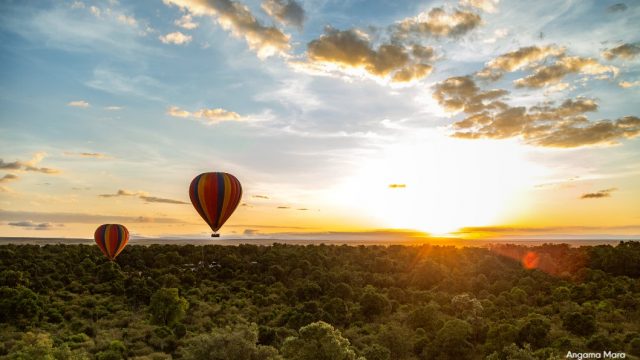
Dreamy African Honeymoons with Allure, Passion, Enchantment, Love and Intrigue
Published on June 23, 2022
Dreamy African Honeymoons with Allure, Passion, Enchantment, Love, and Intrigue By: Lion World Travel Africa is celebrated for its outstanding natural beauty and stunning destinations. It also delivers energy, passion, and splendor. The options are endless when it comes to your dream honeymoon in Africa. A mix of adventure and charm, beach time or active […]
Keep reading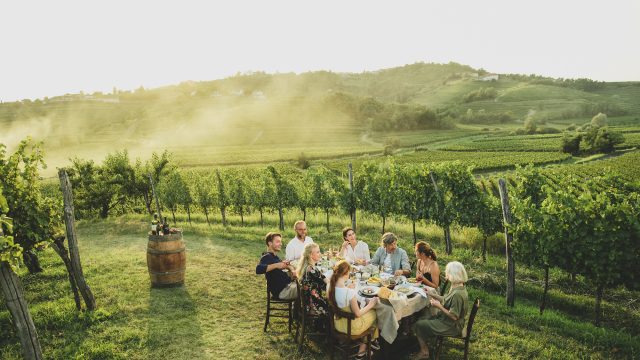
Slovenia – Sustainable Diversity on a Plate
Published on June 8, 2022
Slovenia – Sustainable Diversity on a Plate Slovenia is a Central European pocket-sized country, where short distances speak in its favor and reveal an outstanding diversity which reflects also through gastronomy. Believe it or not, but as many as 24 gastronomic regions and three wine-growing areas with 14 wine-growing districts will welcome you here. But […]
Keep reading
5 Things to Consider When Shopping for a Travel Insurance Plan
Published on May 24, 2022
5 Things to Consider When Shopping for a Travel Insurance Plan By: Sharon L. Broo, CTA, P&C and L&H Licensed, Vice President, USI Travel Insurance Services It’s 2022 and travel looks a lot different than it did in 2019. As people feel the comfort offered by vaccines and reduced Covid spread, the travel bug is […]
Keep reading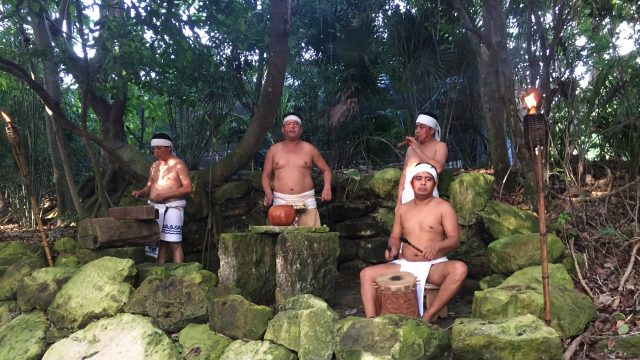
Mexico’s Yucatan Peninsula: Ancient culture waiting to be explored
Published on May 4, 2022
Mexico’s Yucatan Peninsula: Ancient culture waiting to be explored By: Jason Z. Cohen of Pleasant Holidays From the pyramids that rise above the remnants of ancient Mesoamerican cities such as Chichen Itza, Coba, Ek Balam and Tulum, to the cenotes that lie underfoot, Mexico’s Yucatan Peninsula to this day reflects the continuing influence of the […]
Keep reading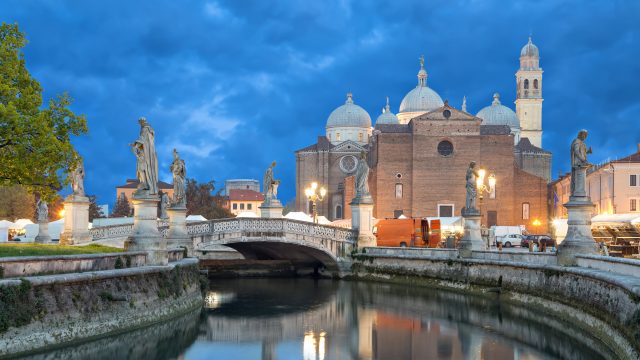
Discover Italy’s New UNESCO World Heritage Sites
Published on April 26, 2022
Discover Italy’s New UNESCO World Heritage Sites By: Susan Van Allen Extraordinary destinations for travelers are added every year to UNESCO’s World Heritage List. In 2021, three of the new sites selected were in Italy, bringing Italy’s World Heritage Site total to 58—the most of any country in the world. While many of Italy’s UNESCO […]
Keep reading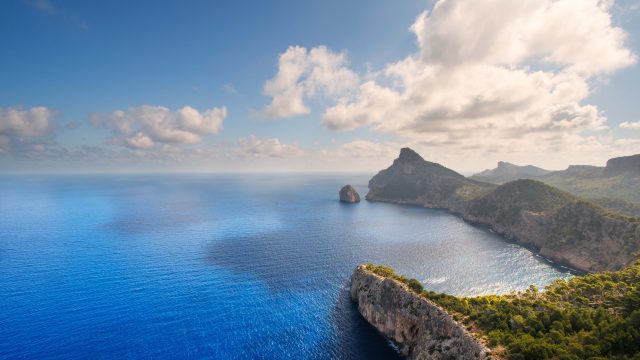
Spain’s Commitment to Tourism Sustainability
Published on April 19, 2022
Spain’s Commitment to Tourism Sustainability By: José Manuel de Juan of The Tourism Office of Spain Spain is one of the world’s tourism leaders, ranking second among the most visited countries. As part of this leadership role, the Government of Spain has launched an ambitious scheme that seeks to promote the transformation of tourist destinations […]
Keep reading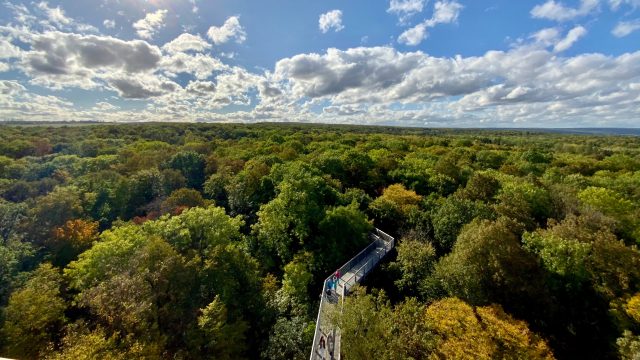
Germany’s Wood Wide Web
Published on April 6, 2022
Germany’s Wood Wide Web By: Ralf Korbner of SITA World Tours About 30 percent of German lands are tree covered. Germans have long had a mythological identification with their forests. In German literature, the forest has often been portrayed as a place of happiness and contentment where people feel protected from social pressures and the chaos of everyday life. Hermann […]
Keep reading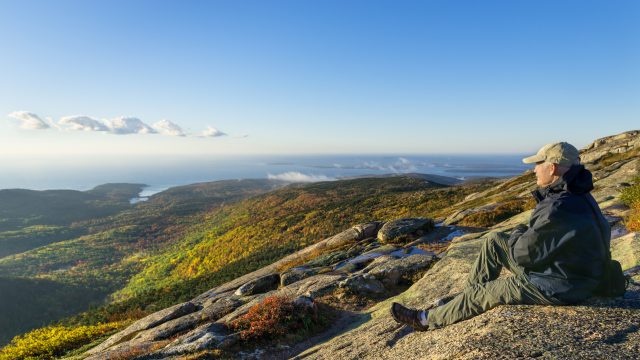
Top Reasons to Explore in Your Own Backyard in 2022
Published on March 14, 2022
Top Reasons to Explore in Your Own Backyard in 2022 By: Jaclyn Leibl-Cote, President and Chief Brand Officer of Collette The past two years have given travelers the chance to reflect on the memories and experiences that they may have been yearning for. For many, after an extended period of staying home and building their […]
Keep reading
Stay at the ‘World’s Best’ Hotels on Tour with Luxury Gold
Published on February 17, 2022
Stay at the ‘World’s Best’ Hotels on Tour with Luxury Gold By Chelsea Todaro A world of indulgence and elegance await travelers with the incredible hotels featured on journeys with Luxury Gold, a worldwide leader in luxury, small group tours. Hotels are an important pillar for Luxury Gold because they are carefully chosen for the […]
Keep reading
